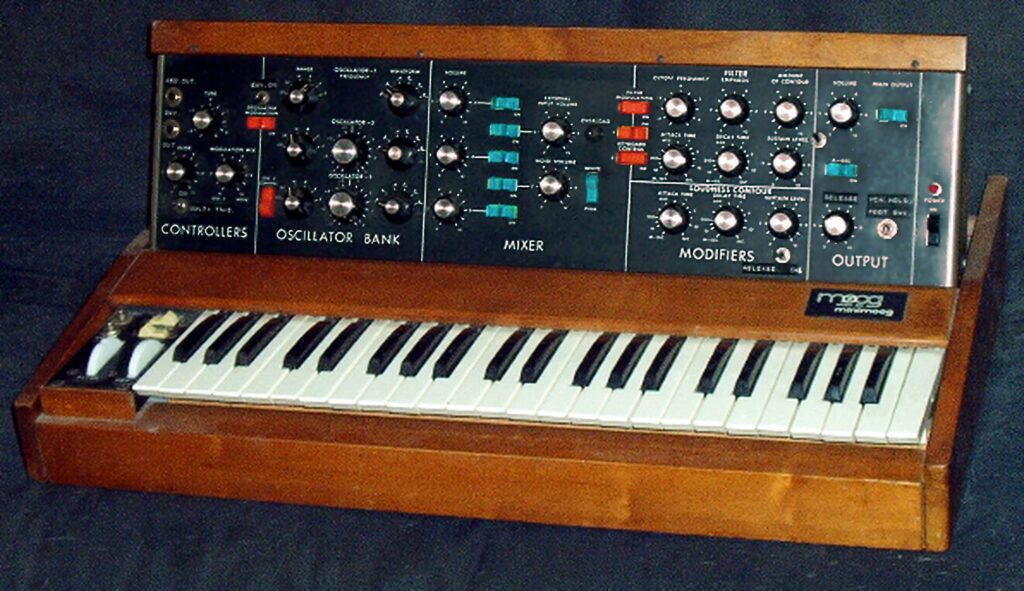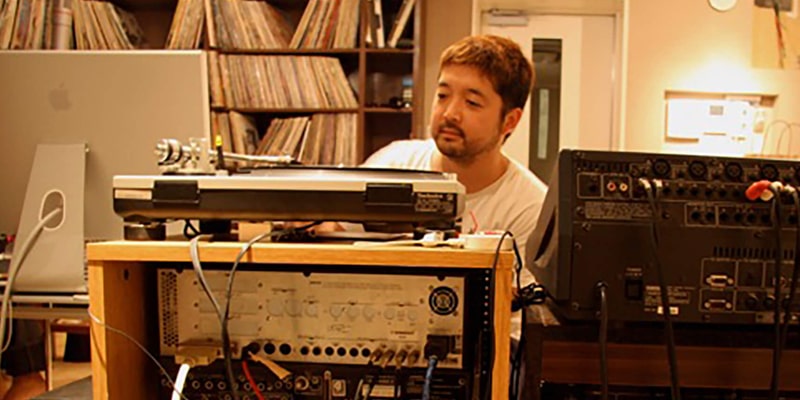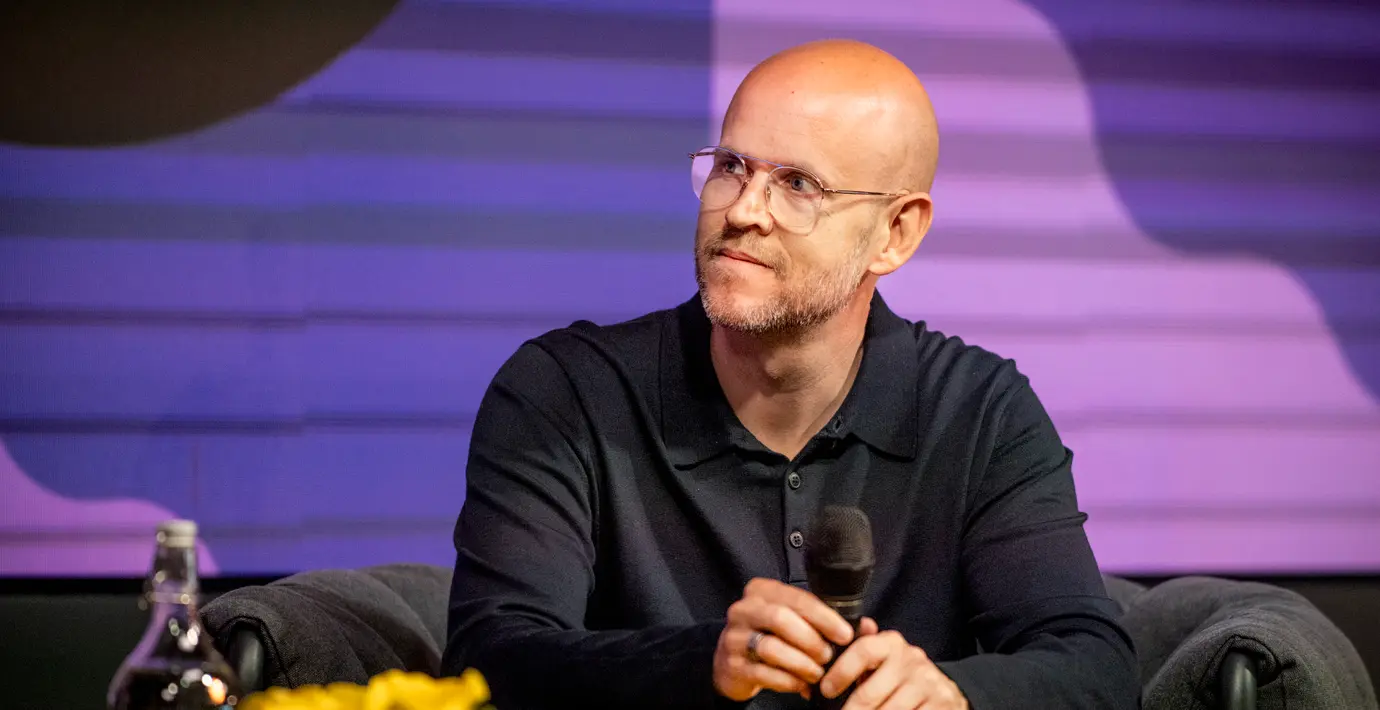Bob Moog is a name that has become synonymous with the synthesizer, an instrument that fundamentally transformed almost every genre of music. Many know about the Minimoog and the Modular Moog, but his true contribution to the music revolution is rooted not just in the creation of these machines, but in the implementation of fundamental technological concepts and control tools that made electronic sound accessible, expressive, and truly “fat.”
Personally, I see Moog as more than just an engineer; he was, as he called himself, a “toolmaker” for musicians. His innovations were inspired by a deep understanding of what the artist needed, not just what was electronically possible.
The Voltage Revolution: From Knob to Control
The most significant non-synthesizer (in the sense of a non-whole instrument) innovation by Bob Moog is, undoubtedly, the concept of Voltage Control (VC).
Before the introduction of Moog’s modular systems, electronic music was either created using laborious methods like tape recorders and razor blades for splicing tape, or it required gigantic computers such as the RCA Mark I/II. If an engineer wanted to change the frequency of an oscillator, they had to turn a physical knob on a large box.
Moog realized this was impractical for a musician, as music is about the change of sound, including frequency modulation. In 1963, alongside composer Herb Deutsch, Moog began working on a modular system that utilized transistors (a newer technology than vacuum tubes) and converted musical pitch into an electrical voltage.
He presented his idea of the Voltage Controlled Oscillator (VCO) and the Voltage Controlled Low Pass, Band Pass, and Hi Pass Filters in a tremendously influential AES paper in 1964. This approach allowed sound to be manipulated by connecting one module to another using patch cords, changing the shape and color of the sound in infinite ways.
Voltage control was essential because it allowed:
- Playing Music: The keyboard (another key innovation, discussed below) could output a voltage that changed the pitch.
- Creating Expression: Modulating the sound with controllers like the Glide rate (pitch sliding) or the Low Frequency Oscillator (LFO), which could automatically open and close the filter, adding movement and expressiveness to the sound.
This was the critical technological bridge between “electronics that make sound” and a “musical instrument.”

The Secrets of Sound Shaping: The Filter and ADSR
If voltage control was the brain, the Moog filter was its unmistakable voice.
One of the electronic processes universally associated with analog and Moog synthesizers, in particular, is the filter. Bob Moog patented the transistor ladder filter. This voltage-controlled filter can cut off higher harmonics, leaving only the fundamental tone.
It is this filter, according to Moog, that allowed for the creation of the famous “fat sound” that made his instruments legendary. For a time, Moog’s analog electronics were the only ones that could produce such a “completely smooth” sound wave, as opposed to the stepped digital waveforms.
Besides the filter, Moog was a pioneer in the practical use of ADSR (Attack-Decay-Sustain-Release) envelope generators. This is not just technology; it is a way of thinking about the shape of a sound. With four knobs (attack time, decay time, sustain level, and release time), one can control the onset, intensity, and fading of the sound. These four controllers became a fundamental component of virtually all subsequent synthesizers.
Creating the Instrument for the Performer: Interface and Standards
Bob Moog always saw himself as a person who helped musicians realize their vision. His technological solutions were closely linked to improving the interaction between human and machine.
The Keyboard and Standards
Initially, Moog hesitated whether to add a keyboard to his prototype at all, as it might deter experimental composers who sought to move away from the twelve-tone musical tradition. But he relented, and the use of the musical keyboard became a commercially viable decision. It transformed the synthesizer from a “code-controlled apparatus” into an instrument that could be “spontaneously played.”
Moreover, Moog helped popularize the 1 Volt per Octave (1V/Oct) control standard. This standard allowed a simple and predictable correlation between the applied control voltage and the variable parameters of a module (such as pitch), simplifying programming under straightforward rules.
Physical Control and Expression
For many musicians, tactility is important. Moog understood this. In developing the Minimoog, which allowed keyboardists to “compete with guitarists” in solo performance, key control tools were implemented:
- Pitch Wheel: It allowed notes to be “bent,” similar to a guitar. Quincy Jones told Moog that for an instrument to be “funky,” it had to “bend,” which led to the creation of the pitch-bender and portamento.
- Portamento/Glide: This control slows the transition between notes, creating a smooth slide.
Moog also emphasized the physical feel of his instruments: large, thick rocker switches and knobs that “feel good.” As he noted, “Musicians, more than the average person, need things that feel good.” Even in the Minimoog (Model D), he combined the futuristic sound with retro wood to make the instrument simply “feel good.”
In conclusion, Bob Moog’s technological contribution, beyond the synthesizer itself, lies in the creation of modular, voltage-controlled blocks (VCO, VCF, ADSR), which are the foundation of sound synthesis, the establishment of musical standards such as 1V/Oct, and the implementation of expressive controllers (Pitch Wheel, Glide) that transformed an electronic box into a living, expressive musical instrument. His legacy is not just a sound, but a methodology for interaction between the artist and electronics that continues to this day.
P.S. For a look at another foundational figure who made music accessible and permanent, explore the story of Emile Berliner, inventor of the gramophone. Read more here.






